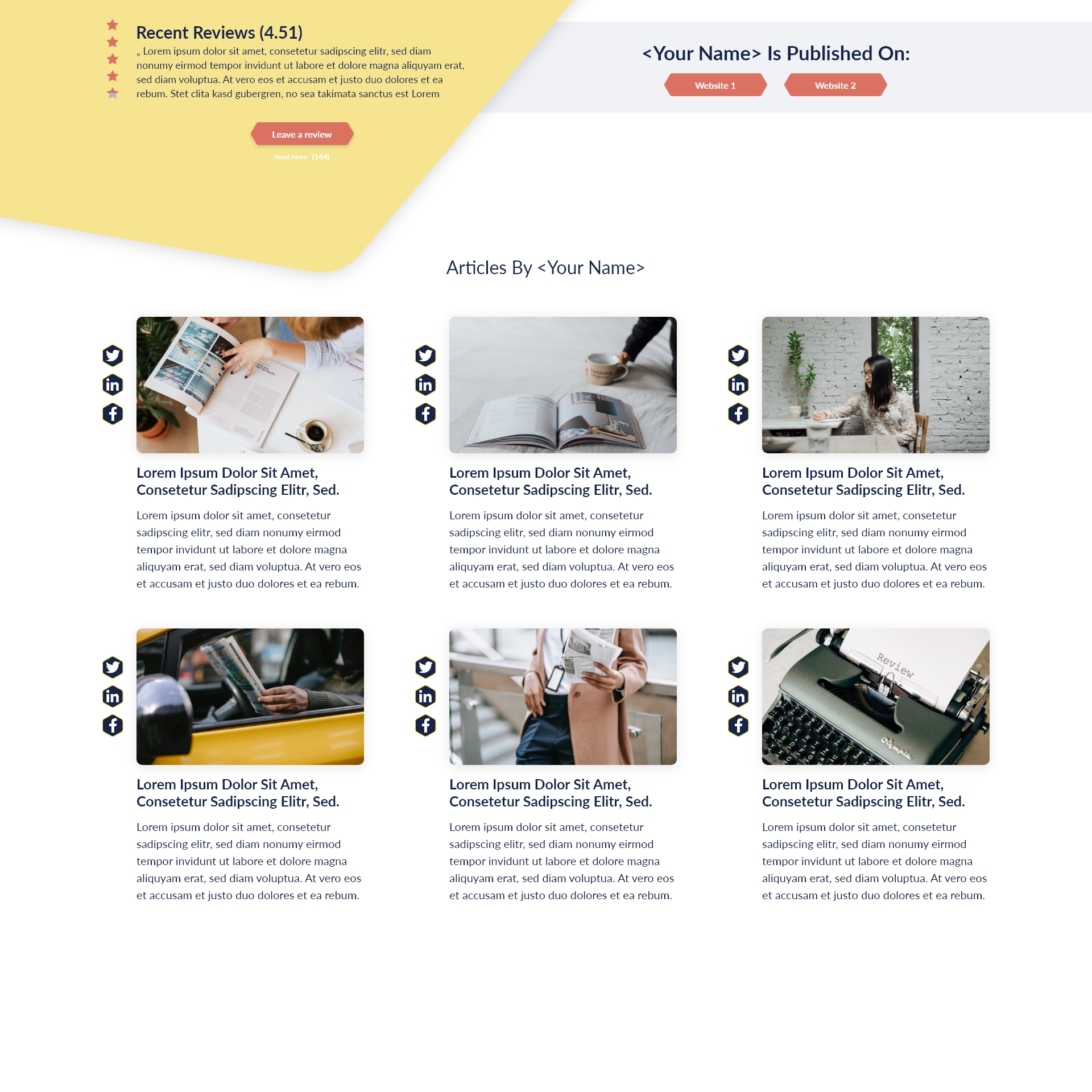Key Takeaways:
- Leveraging emotional intelligence enhances relationship building and trust in leadership roles.
- Aligning coaching with organizational objectives ensures coherent team development.
- Clear communication foundations support effective guidance and decision-making.
- Understanding when to mentor versus when to guide optimizes team growth.
- Sustainable leadership guidance systems cultivate future leaders in federal organizations.
Guidance in Modern Leadership: Strategies, Support, and Success
Discover how effective guidance drives outstanding leadership, empowers teams, and shapes successful organizations in an ever-evolving workplace. In today’s complex work environment, leaders who excel at building trust, fostering relationships, and understanding the human element gain a distinct advantage. Emotional intelligence lies at the heart of this transformation, enabling leaders to thoughtfully guide their teams while championing organizational goals. Let’s explore proven strategies for mastering relationship building and trust through emotional intelligence in leadership.
The Role of Leadership Coaching Strategies in Providing Guidance
Leadership coaching is a catalyst for personal and team growth. Leaders who incorporate emotional intelligence into their coaching strategies can unlock greater trust and engagement within their teams.
Aligning Coaching Approaches with Organizational Goals
For coaching to be truly impactful, it must align with the organization’s overarching mission and values. This means:
- Clarifying the organization’s vision and strategic aims.
- Tailoring coaching sessions to reinforce these priorities.
- Ensuring accountability at every stage of goal progression.
A leader’s emotional intelligence is invaluable here—by tuning into employees’ motivations and values, a coach can help connect daily responsibilities to greater organizational initiatives. This resonance empowers teams to take ownership of results and fosters a culture of mutual support and growth.
Measuring the Impact of Leadership Coaching on Team Success
Assessing coaching effectiveness requires both quantitative and qualitative measures. Leaders with high emotional intelligence excel at gathering meaningful feedback from their teams, observing behavioral change, and tracking key outcomes such as:
- Improved engagement and morale
- Increased productivity
- Enhanced collaboration across departments
Regular check-ins, surveys, and performance data provide essential insights. Leaders should be proactive in adapting their approaches based on findings, demonstrating flexibility and responsiveness—core attributes of emotionally intelligent leadership.
Mentorship vs Guidance in Teams: Navigating Key Differences
Providing direction is fundamental to leadership, but distinguishing between mentorship and direct guidance can help leaders showcase their emotional intelligence and adaptability.
When to Offer Mentorship Over Direct Guidance
Mentorship emphasizes long-term professional and personal growth. It’s most effective when:
- An employee’s potential extends beyond current roles.
- The focus is on broad skill development, not immediate tasks.
Conversely, direct guidance is appropriate when clarity or direction is required for specific assignments or short-term issues. Emotionally intelligent leaders recognize these moments and provide support accordingly, choosing mentorship to cultivate autonomy and guidance to ensure success in targeted areas.
Real-World Scenarios Illustrating Each Approach
Imagine a team member consistently demonstrating initiative and a desire for advancement. An emotionally intelligent leader provides mentorship, opening doors for new opportunities, and modeling higher-level skills. In contrast, if an employee faces a tight deadline and needs clarity on a process, direct guidance is key—setting expectations, outlining resources, and offering immediate support.
Understanding context and adapting approaches empower federal leaders to maximize team potential in every scenario.
Effective Communication in Leadership as a Foundation for Guidance
At the core of effective leadership is the ability to communicate clearly, empathetically, and constructively. Emotional intelligence strengthens these communication channels, deepening trust and respect.
Tools and Techniques for Clear Guidance Delivery
Leaders can leverage:
- Active listening: Demonstrating genuine interest in team members’ feedback.
- Clear, simple language: Removing ambiguity from instructions and expectations.
- Open-door policies: Encouraging ongoing dialogue and transparency.
- Visual aids: Supporting verbal guidance with accessible materials.
These practices promote psychological safety, inviting questions and reducing misunderstandings.
Overcoming Barriers to Understanding in Teams
Challenges such as generational differences, cultural diversity, and virtual collaboration can create communication barriers. Leadership that incorporates emotional intelligence navigates these obstacles by:
- Practicing empathy and cultural sensitivity
- Adjusting communication styles to fit individual and group needs
- Providing multiple channels for feedback and clarification
A commitment to clear and inclusive communication is central to building trust across all levels of the organization.
Decision Making Support for Managers: Providing Targeted Guidance
Guiding complex decisions requires both organizational knowledge and emotional insight. Managers must strike a delicate balance between enabling autonomy and providing structured support.
Frameworks for Guiding Complex Decisions
Leaders can employ decision-making models—such as SWOT analysis or decision trees—to:
- Break down complex challenges
- Analyze risks and opportunities
- Involve relevant stakeholders in the process
Leaders with strong emotional intelligence understand team members’ perspectives, help manage stress, and foster confidence in collaborative decision-making environments.
Balancing Autonomy and Direction in Daily Operations
Effective leaders trust their teams to take initiative, stepping in with targeted guidance only when needed. This might involve:
- Setting clear boundaries for independent action
- Remaining available for input and troubleshooting
- Equipping team members with problem-solving tools and resources
By combining trust with clarity, federal leaders empower employees to excel while preserving organizational cohesion.
As you reflect on your leadership journey, consider how emotional intelligence shapes your relationships and guidance strategies. Challenge yourself to use these principles in your next team meeting or coaching session—you’ll likely find stronger connections and better results for both your people and your organization.
Executive Leadership Development Tips for Guiding Future Leaders
The next generation of federal leaders will benefit from intentional guidance systems that prioritize talent identification, skill-building, and sustainable support.
Identifying Emerging Talent for Leadership Paths
High-potential team members may not always be the most outspoken or visible. Emotionally intelligent leaders intentionally:
- Observe patterns of initiative, integrity, and resilience
- Solicit anonymous feedback to uncover unsung contributors
- Encourage continuous learning and risk-taking
Proactively nurturing emerging leaders ensures a robust organizational pipeline.
Creating Sustainable Guidance Systems for Long-Term Growth
A sustainable leadership pipeline requires more than ad hoc coaching or singular mentorship. Effective guidance includes:
- Formal leadership development programs
- Ongoing peer networks and support communities
- Clear metrics for evaluating progress and outcomes
Emotionally intelligent leaders recognize that sustainable success hinges on fostering a culture where guidance and trust are foundational.








